
Nothing to see here, folks. Most beech has a ho-hum appearance. Seeing even a bit of figure passes for excitement.
American beech, Fagus grandifolia, may not have the dramatic figure or exciting color to earn a starring role in your next high-end woodworking project, but it is a solid performer that deserves an audition in your shop. Flatsawn beech generally has a bland appearance with subdued figure. Quartersawn beech typically shows tiny ray flecks, though these may sometimes be more pronounced. Regardless of how it’s cut, beech’s tight structure eliminates the need for a grain filler to achieve a smooth finish.
Beech’s plain appearance isn’t necessarily a liability. When showing off your joinery skills, for example, you don’t want flawless hand-cut dovetails to get lost in dark wood or swirling figure. Much like using every fancy wood scrap in your shop to make a cutting board can leave the viewer confused—the eye doesn’t know where to look. Plainer wood plays a supporting role to make fancier woods look their best. Plus, beech is not used to being treated as a star, so it doesn’t ask for top dollar.
A wide range of roles
Esta historia es de la edición August - September 2023 de Woodcraft Magazine.
Comience su prueba gratuita de Magzter GOLD de 7 días para acceder a miles de historias premium seleccionadas y a más de 9,000 revistas y periódicos.
Ya eres suscriptor ? Conectar
Esta historia es de la edición August - September 2023 de Woodcraft Magazine.
Comience su prueba gratuita de Magzter GOLD de 7 días para acceder a miles de historias premium seleccionadas y a más de 9,000 revistas y periódicos.
Ya eres suscriptor? Conectar
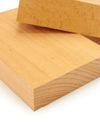
Beech
Plain looks, but a solid performer
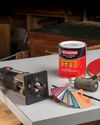
Working with PLASTIC LAMINATE
Adding a durable, smooth, and colorful surface to your work
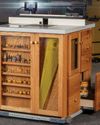
High-Tech ROUTER TABLE
A state-of-the-art shop essential
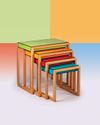
Albers-Inspired NESTING TABLES
A colorful array of Bauhaus utility

Desktop ORGANIZERS
Mini modules for your modern workspace
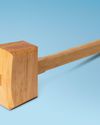
Joiner's MALLET
A hard-hitting shop hammer

Battery-backed biscuiting
DeWalt 20V Max XR Biscuit Joiner
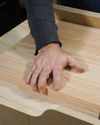
Crosscut SLED
A basic build of a crucial table saw accessory
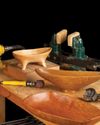
Power-carving BOWLS
Tools and techniques for sculpting

Library STEPS
Mitered box joints give rise to an updated classic